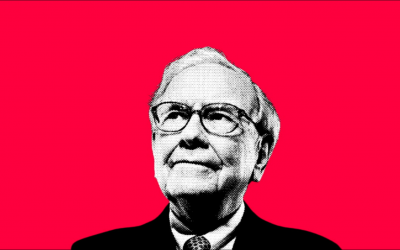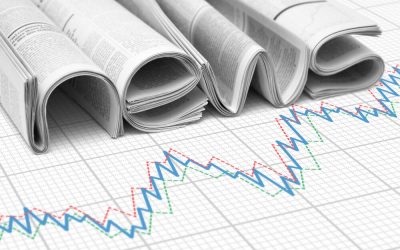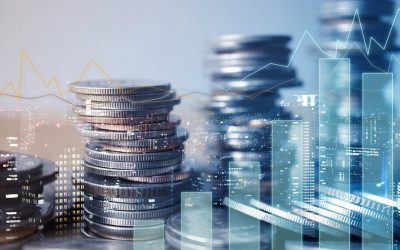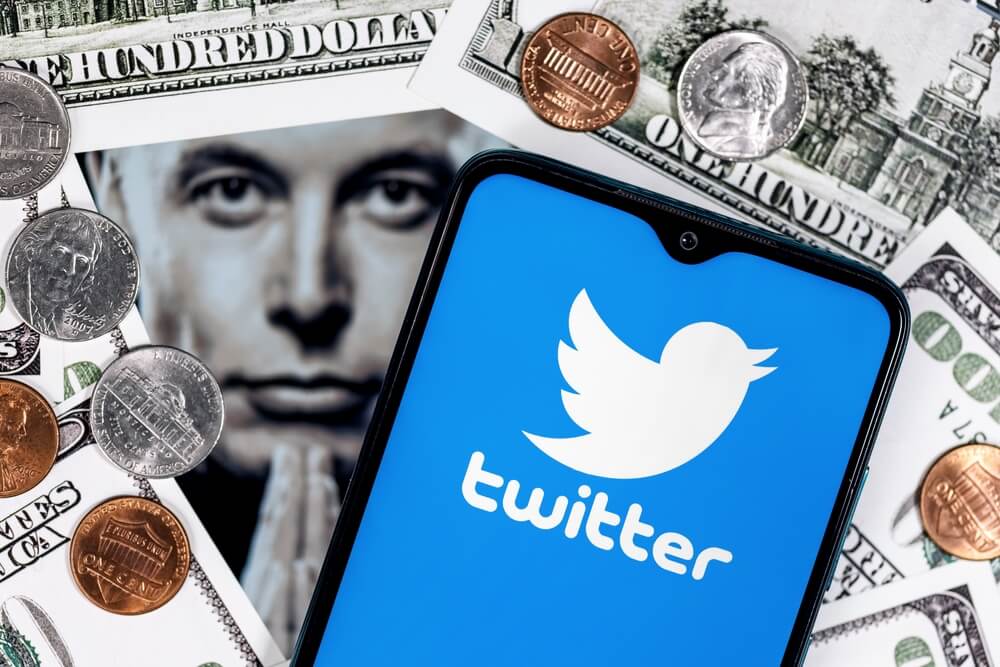
Article content
- 1 The legal drama around Musk and Twitter
- 2 Why did Musk change his mind?
- 3 Twitter is facing a hard time, and Musk’s buyout initiative came in handy
- 4 How did the history of the Twitter transaction start?
- 5 When it all began to go south…
- 6 May 13: Musk pulls the trigger
- 7 Twitter was getting worse
- 8 What’s coming to Twitter?
The legal drama around Musk and Twitter
The bizarre takeover of the social media company Twitter could be one of the most unusual court battles in the history of corporate takeovers.
The weirdest thing about the deal is that Twitter is trying to force Musk to close the $44 billion deal. And Musk suggests he wasn’t serious about buying Twitter. All that sounds like a game. A multi-billion-dollar joke battle.
Elon Musk is an extraordinary person. The expression of intent to buy Twitter also looked out of the box — lots of positive humor in Musk’s tweets about buying Twitter and few references to Musk’s benefits and business interests. It’s not like buying a new car. This is a $44 billion investment.
However, Musk slowed down his “acquisition” sharply. Twitter said it plans to take legal action to “close the agreed-upon deal.”
Why did Musk change his mind?
In the termination documents, Musk noted that the company had violated the merger agreement. He accused Twitter of hiding the facts about the amount of spam and fake accounts. Musk also claimed that the company had been systematically introducing critical distortions in operational work, such as unmotivated layoffs and freezes on hiring new employees. All, according to Musk, it could allegedly lead to a sharp drop in the market value of Twitter.
The market and outside lawyers disagree with Musk. Staff turnover at technology companies has been a common occurrence in recent weeks. Both Meta and Tesla are cutting staff, focusing on the unfavorable market conditions in the high-tech segment and the long bearish cycle in the crypto market.
In the US market, most of such legal battles where one party wants to break the deal end up in a settlement, most often with a parallel price reduction.
Musk agreed to pay Twitter a $1 billion termination fee because the deal fell apart. This can happen in certain scenarios, such as when given a directive from regulators or if a deal break causes Twitter to incur risks associated with being unable to raise money in the debt market. Roughly speaking, the legal wording of the eccentric billionaire implies that the probability of getting a billion by the owners of Twitter is about zero.
Both sides use expensive lawyers. Twitter consults with Wachtell, Lipton, Rosen & Katz, Simpson Thacher & Bartlett LLP and Wilson Sonsini. Musk has enlisted the support of Skadden, Arps, Slate, Meagher & Flom LLP, Quinn Emanuel Urquhart & Sullivan.
Names and titles may not say anything, but the scope is clear. It is also clear that both parties do not act emotionally but they have a kind of strategy and tactics, developed by their best legal sharks.

Twitter is facing a hard time, and Musk’s buyout initiative came in handy
The prospects for Twitter as an independent unit are not very good now. Partly because of the turmoil in the digital advertising market.
Twitter CEO Parag Agrawal announced a hiring freeze and belt-tightening in May. Agrawal’s current rhetoric boils down to the fact that breaking the deal with Musk is a test for the company, further complicating an already difficult situation.
Twitter investors are visibly upset by the collapse of the deal. Shares of Twitter fell 4.81% after the close of trading on the day Musk announced his intention to pull out of the deal.
How did the history of the Twitter transaction start?
The Twitter buzz started with Musk’s sudden $22.8 million stock purchase on January 31. Musk continued to buy out stocks in February and March, taking a 9.2% stake in Twitter worth $2.6 billion and becoming the largest shareholder.
In parallel, Musk was publicly criticizing Twitter and conducting numerous surveys of subscribers about the company’s ethical standards of free speech. At the same time, he actively flirted with the idea of creating a more stable competitor for Twitter.
By April 4, when Musk’s shareholding went public, Musk began a series of talks with Twitter management. Musk did not publicly disclose the contents of these negotiations. At the same time, one of the participants in the negotiations was Jack Dorsey (co-founder of Twitter and Musk’s friend).
Rumors began circulating on social media that Musk probably wants to join the board of directors.
On April 9, hours before Musk could officially take a seat on the board of directors through an agreement with Twitter’s management team, Musk abruptly dropped the idea.
Four days later, Musk presented the company with a takeover bid for $54.20 per share and made his offer public the next day.
Twitter did not immediately agree to the proposal. But he quickly changed his mind, deciding that the price was favorable. Musk, in turn, agreed to forego the classic pre-purchase stage — a detailed investment assessment of Twitter’s business.
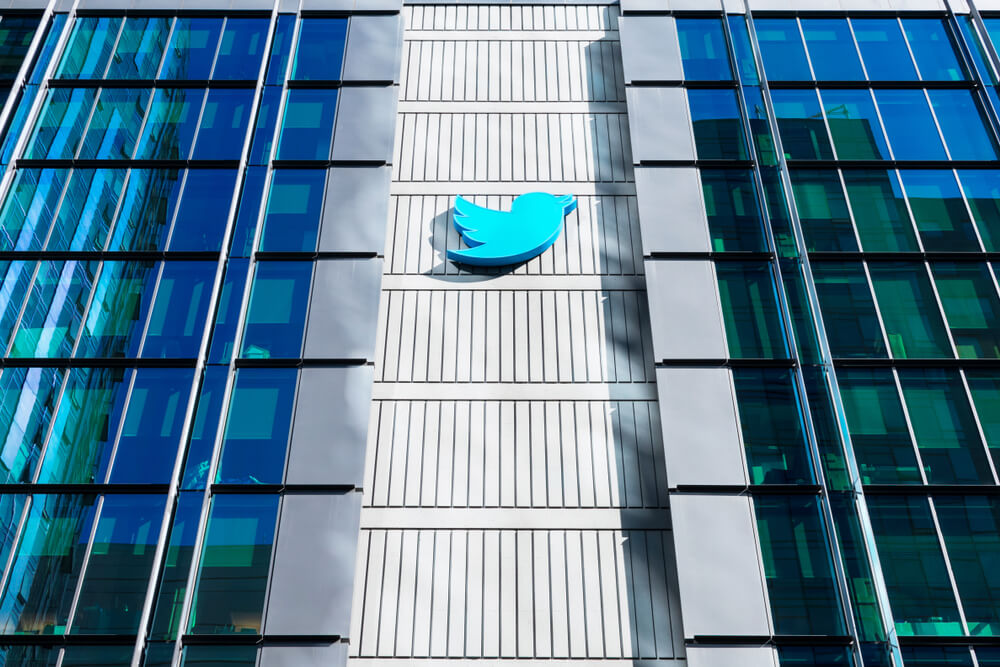
When it all began to go south…
Already when the deal was going to the final stage (on the 20th of April), Musk expressed fears about the worsening prospects in high-tech and digital space, difficult macroeconomic conditions, in particular, powerfully growing inflation.
At the end of March, Tesla temporarily closed its largest auto plant in Shanghai as China imposed anti-covid restrictions, and this sent stocks plummeting.
On May 13, Musk shocked the deal participants with a pre-dawn tweet saying the deal was “temporarily on hold.” Later, the billionaire added that he still intended to buy the company. At the same time, he gave an excerpt from an external report that he commissioned about the Twitter business, which showed that less than 5% of monetised average daily users of the social network are spam or fake accounts.
Fake accounts are certainly a concern for social media companies. But Musk has long been aware of the fake Twitter accounts — he tweeted about it at least as far back as 2018. That being said, Musk has repeatedly said that part of his job as an owner will be, as he put it in an April 21 tweet, “defeat the spambots or die trying.”
May 13: Musk pulls the trigger
May 13 set off weeks of public and private talks between Musk, Agrawal, and lawyers and advisers from both sides.
After Agrawal tweeted his official clarification on spam-like content on May 16, Musk responded with a “brown” emoji, after which he asked how advertisers should know what they are getting for their money.
Musk tweeted that if the company sued him, he would have to disclose information about spam and bots.
Speaking on Twitter on May 26 about the prospects for a recession, Musk said he expects the recession could last 12 to 18 months.
On May 24, Tesla shares hit their lowest since June 2021, almost 50% below the November record. The drawdown reduced Musk’s net worth by more than $100 billion, powerfully weakening the key asset Musk used to fund the Twitter deal.
Musk then sold $8.5 billion worth of Tesla stock in three days. Then he said that he no longer plans to sell shares. Musk remains the automaker’s largest investor, with a stake of around 16%.
The original plan to finance the Twitter purchase involved a $12.5 billion margin loan backed by Musk’s Tesla shares. But the automaker’s share price continued to fall, effectively increasing the number of shares Musk would be forced to offer as collateral.
As a result, Tesla shares fell by 37% compared to when the deal to buy Twitter was made.
Musk introduced a revised funding plan that eliminated margin loans. Instead, he promised more equity funding. Financing details were not clear to everyone. The main question is how and where Musk intended to get $14 billion.
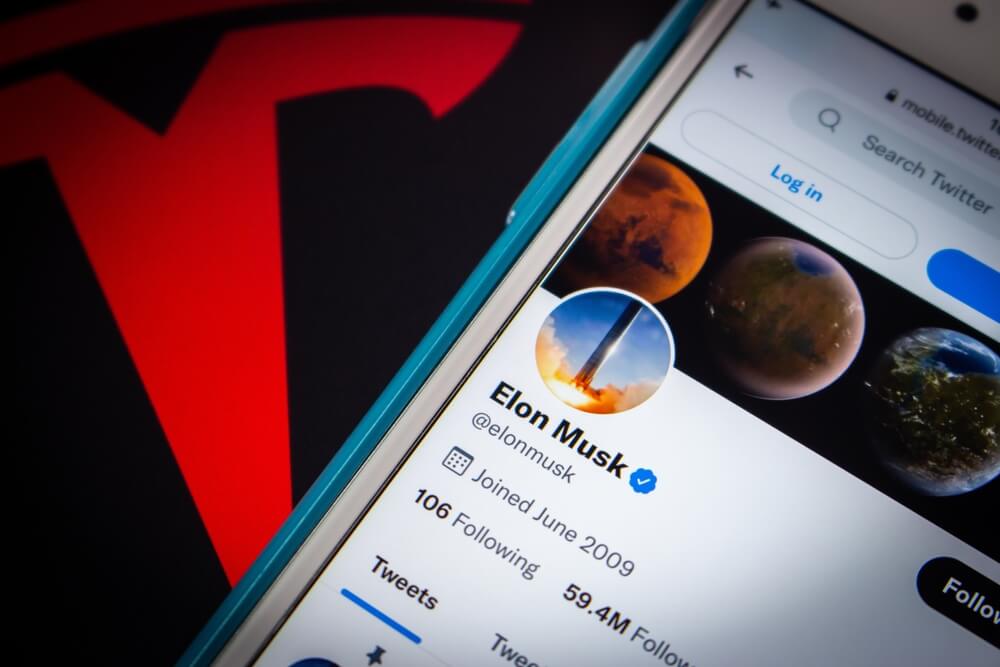
Twitter was getting worse
On April 21, Twitter’s rival Snap scared investors into trouble in the digital advertising market. Shortly after that, Twitter withdrew all previously released first-quarter earnings targets and projections. At the same time, Twitter deleted and did not update the forecast indicators, which looked quite sad and looked like the company did not even hope for anything good.
On May 12, Agrawal announced a hiring freeze and cuts.
When Musk said he intended to pull out of the deal, Twitter’s chief executive urged employees to refrain from commenting on the matter, citing pending lawsuits.
What’s coming to Twitter?
Short-betting investors have already begun to open positions against Twitter shares, and analysts have already lowered their forecasts. For example, specialists from Piper Sandler cut their price target from $54.20 to $30.
The most significant risk for Twitter is if Elon Musk backs out of the deal plus dumps the company’s shares. But there is an opinion that it was all a ruse and Musk started all this chaos to add more cheap stocks into his Twitter portfolio.
Do you want to make money on sinking Twitter shares? You can set up an account at an international broker and buy/sell foreign assets without restrictions.




